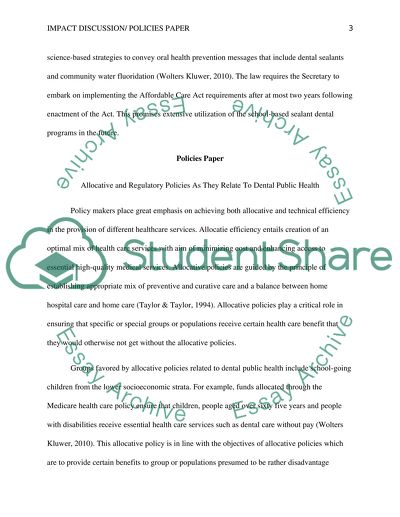Cite this document
(“Impact discussion/ Policies paper Assignment Example | Topics and Well Written Essays - 1000 words”, n.d.)
Retrieved from https://studentshare.org/health-sciences-medicine/1470376-impact-discussion-policies-paper
Retrieved from https://studentshare.org/health-sciences-medicine/1470376-impact-discussion-policies-paper
(Impact Discussion/ Policies Paper Assignment Example | Topics and Well Written Essays - 1000 Words)
https://studentshare.org/health-sciences-medicine/1470376-impact-discussion-policies-paper.
https://studentshare.org/health-sciences-medicine/1470376-impact-discussion-policies-paper.
“Impact Discussion/ Policies Paper Assignment Example | Topics and Well Written Essays - 1000 Words”, n.d. https://studentshare.org/health-sciences-medicine/1470376-impact-discussion-policies-paper.


